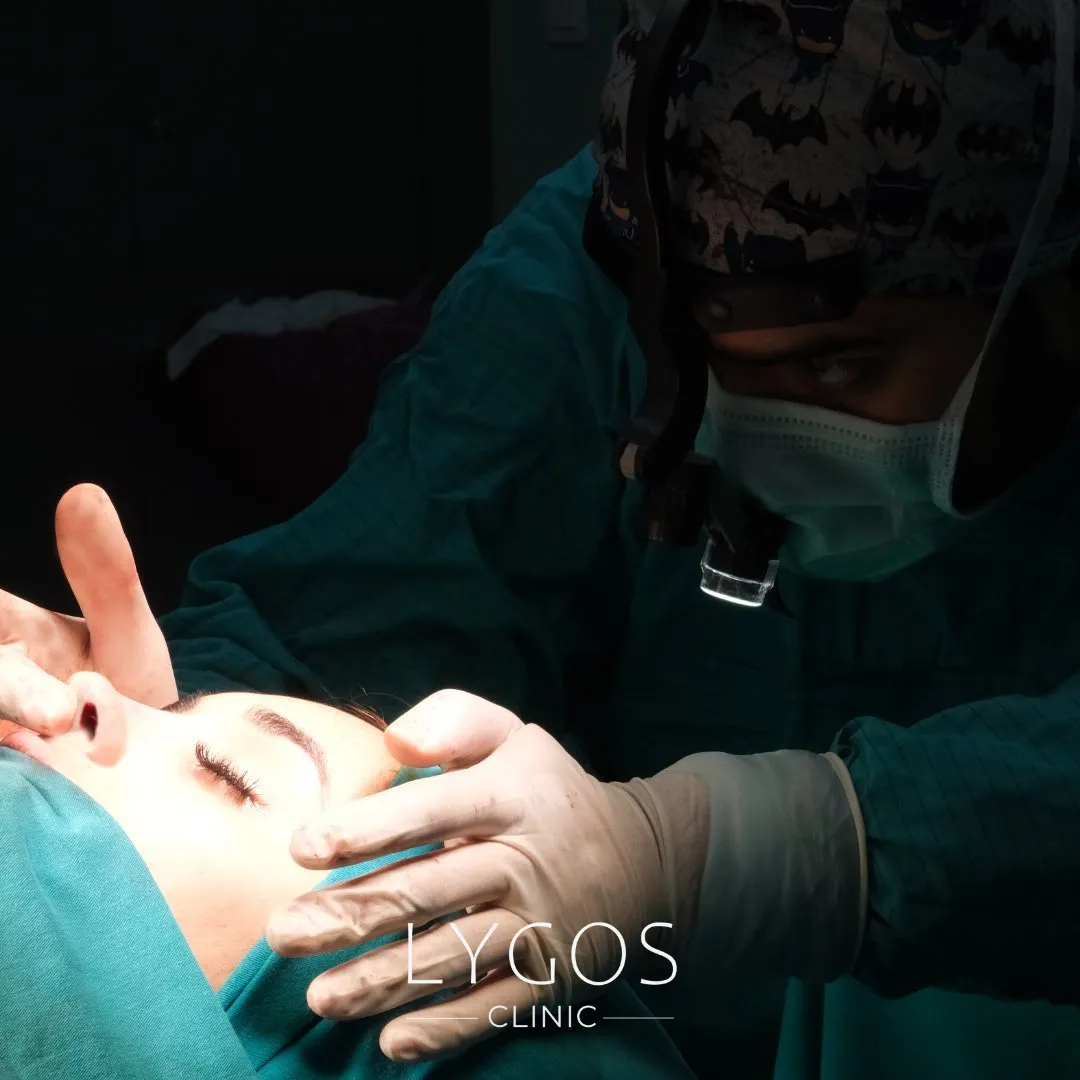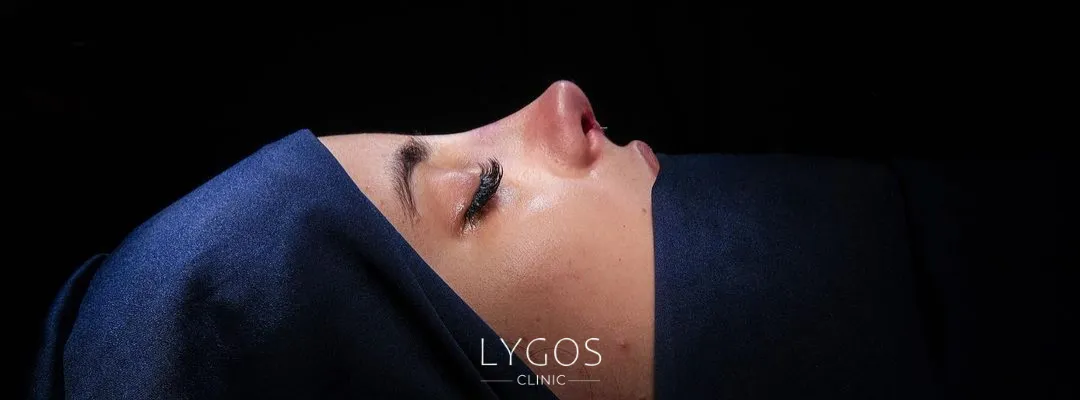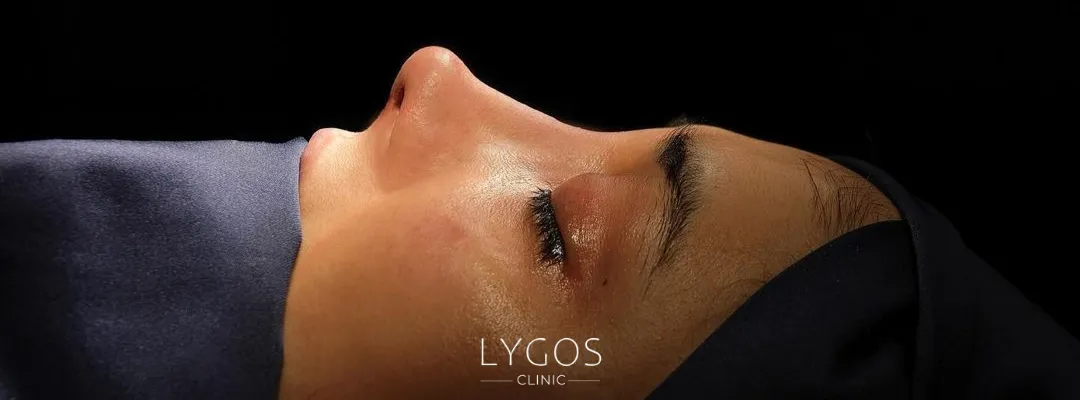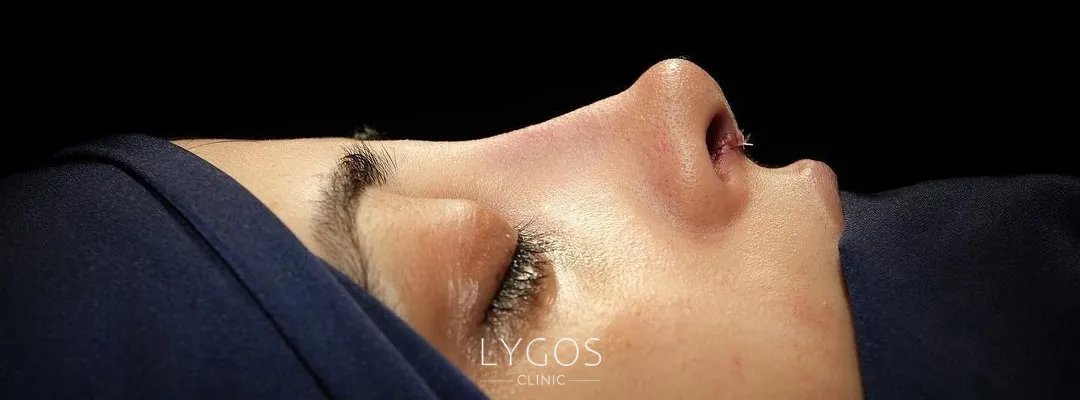Rhinoplasty: Best Open vs. Closed Techniques | LYG 2025

Rhinoplasty: Open vs. Closed Techniques
Rhinoplasty, also known as a nose reshaping surgery, is a procedure aimed at improving both the look and function of the nose. People choose rhinoplasty for a range of reasons, including aesthetic enhancements, resolving breathing issues, or repairing structural abnormalities from injuries or birth defects. There are 2 types of rhinoplasty options: open rhinoplasty and closed rhinoplasty. Each technique has its own characteristics, certain advantages and disadvantages, making it necessary for those considering this transformative procedure to understand these distinctions.
What is Open and Closed Rhinoplasty?
Open Rhinoplasty Open rhinoplasty entails a small incision along the columella, the sensitive tissue strip located between the nostrils. Because of the enhanced visibility this method offers, it is commonly employed for more complex surgeries or when significant reshaping of the nose is necessary.
Closed Rhinoplasty In closed rhinoplasty, all incisions are made within the nostrils, resulting in no visible external scars. This technique is typically favored for straightforward adjustments or minor reshaping of the nose. While the surgeon’s view of the nasal framework is more limited than in open rhinoplasty, the closed technique often leads to quicker recovery and reduced swelling.
How Are Open and Closed Rhinoplasty Performed?
Open Rhinoplasty Procedure The procedure starts with administering anesthesia, which may be general or a combination of local anesthesia and sedation. Following this, the surgeon creates a small incision along the columella and within the nostrils to gain access to the nasal framework. At this stage, the surgeon reshapes the cartilage and bone to achieve the intended nasal structure. This may involve reducing or augmenting structures, correcting deviations, or altering the nasal tip.
- Closing the Incisions: Once the reshaping is finished, the skin is gently repositioned, and the incisions are meticulously closed with sutures.
- Recovery: Following the surgery, patients are observed for a few hours before they are cleared to go home.
Closed Rhinoplasty Procedure
- Anesthesia: As with open rhinoplasty, anesthesia is provided to keep the patient comfortable throughout the procedure.
- Incisions: The surgeon creates incisions inside the nostrils, which provides access to the nasal framework without visible scarring.
- Nasal Reshaping: Through the internal incisions, the surgeon makes the required modifications to the nasal structure. This approach, with limited visibility, demands a high degree of expertise and precision.
- Closing the Incisions: Once the adjustments are finalized, the surgeon sutures the incisions closed, and the patient is monitored during the early stages of recovery.
- Recovery: Recovery tends to be quicker than open rhinoplasty due to the absence of external scars and typically less swelling.
Advantages and Disadvantages of Open Rhinoplasty

Advantages
- Better Visualization: Open rhinoplasty allows for greater access and visibility, enabling the surgeon to perform complex corrections with precision.
- Complex Reshaping: Ideal for patients needing significant structural changes, such as correcting a hump, refining the nasal tip, or addressing severe deformities.
- Accurate Results: The enhanced visualization can lead to more predictable and precise surgical outcomes.
Disadvantages
- Visible Scarring: The incision on the columella may leave a small, noticeable scar, which could be a concern for certain patients.
- Longer Recovery: Patients may experience more swelling and bruising, leading to a longer recovery period compared to closed techniques.
- Risk of Complications: Like any surgery, there is a potential risk of complications, including infection or delayed healing.
Open vs. Closed Rhinoplasty Recovery Time

Open Rhinoplasty Recovery
- Immediate Aftercare: Patients usually require a few hours of monitoring post-surgery. A nasal splint might be applied to support the newly contoured shape of the nose.
- Initial Healing: Swelling and bruising are typical and may take one to two weeks to diminish. Most patients return to light activities within this period.
- Full Recovery: Final healing and the complete results may take several months to a year, with swelling gradually decreasing throughout this period.
Closed Rhinoplasty Recovery
- Immediate Aftercare: Similar monitoring is required, but the absence of external incisions can lead to less immediate discomfort.
- Initial Healing: Most patients have minimal swelling and bruising, which often enables them to resume normal activities within about a week.
- Full Recovery: While initial healing may be faster, complete results still take time, often a few months for swelling to resolve fully.
Closed vs. Open Rhinoplasty Cost
Open Rhinoplasty Cost
- Price Range: Open rhinoplasty is generally more expensive due to the complexity and time required for the procedure. Costs typically fall between $8,000 and $15,000 or higher.
- Additional Expenses: Patients should also account for extra charges related to anesthesia, facility fees, and any required follow-up care.
Closed Rhinoplasty Cost
- Price Range: Closed rhinoplasty tends to be less expensive, with costs typically ranging from $5,000 to $10,000.
- Less Complexity: The reduced time and complexity involved in closed techniques often translate to lower overall expenses.
Should I Have Open or Closed Rhinoplasty?

Choosing between open and closed rhinoplasty is influenced by several factors, such as the expected results, the complexity of the required corrections, and individual preferences concerning scarring and recovery time.
Considerations for Open Rhinoplasty
- Complex Issues: If significant changes are needed, such as correcting a prominent hump or reshaping the nasal tip, open rhinoplasty may be the better choice.
- Surgeon’s Expertise: Patients should consult with an experienced surgeon who can evaluate their specific needs and recommend the most suitable approach.
Considerations for Closed Rhinoplasty
- Minor Adjustments: If the changes desired are minimal or primarily involve the nasal tip, closed rhinoplasty might be appropriate.
- Scarring Concerns: Patients who are particularly concerned about visible scars may prefer this method due to the hidden incisions.
Consultation is Key
The best approach is to arrange a comprehensive consultation with a board-certified plastic surgeon who specializes in rhinoplasty. They will assess your facial anatomy, discuss your goals, and help you understand the potential benefits and drawbacks of each technique, guiding you to make an informed decision.
Choosing between open and closed rhinoplasty is a significant decision that can greatly impact both appearance and confidence. By recognizing the distinctions, benefits, and drawbacks of each method, patients can make a well-informed decision that aligns with their aesthetic objectives and medical requirements. Consulting with a qualified surgeon is essential to ensure a safe procedure and optimal results, paving the way for a successful rhinoplasty journey.
You can click on the link to follow our social media content.




